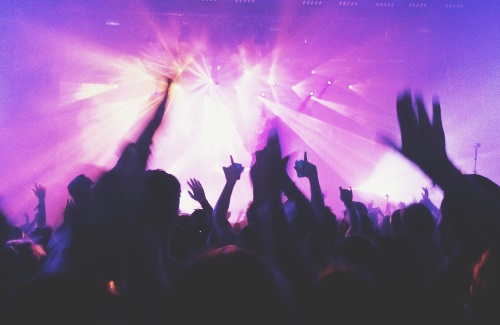Kent Morris said, “live music is about the energy.“
That’s so true. Where does that energy come from? How do you control it? And why can it sometimes be so hard to find?
All questions that will soon be answered.
Phil Coulter, on his Highland Cathedral album, has a song that’s dedicated to the drums. It starts out with a few lines of verse that highlights the importance of the drums since before the first lyrics were ever written. Drums have been giving energy to music for a long time. But they aren’t the only source.
Not all musical energy comes through the drums. For some people, they don’t like the drums at all.
Therefore, a great way to find out what’s best for powering your mix with musical energy is by learning where it comes from, how people respond to it, and how to maximize it in your mix. Learning how to mix using musical energy comes primarily through…
Listening to powerful music and analyzing it
Listen to songs you think are powerful. These might be songs that inspire you, songs that you can’t help but sing or tap your foot. Listen to the songs and ask these questions:
—What instrument(s), if removed from the song, would drain the song of its power?
—What instruments could be taken out and the song still has energy?
—Is there anything in the vocal delivery that carries more energy than the instruments?
—Why does a vocal line create power when all the instruments stop playing (i.e., accapella on the 2nd chorus)?
Listening to live music
(As in “be there” not as in “listing to a recording of live music.“)
Ask yourself these questions;
—At what point could you not help but sing or sing louder?
—What instrument(s) gave the song power?
—What part of the mix arrangement gave power (ex. reducing instrument level and pushing vocals in a passage)?
—Don’t mistake your emotional feelings for energy in that if a song ends with an acappella chorus and everyone is singing and you are “feeling it,” then it’s not because of what’s happening but what happened prior to that point.
Knowing your audience
Not all audiences like the same type of music. Drums for some, bass for others, and piano for other. Some might focus on the vocals. These can all depend on the denomination, the average age, the preferred style for the church (think mandate).
You can’t promote energy through a bass line if your audience doesn’t like the sound.
Reacting to your audience
Much the same way you should control your mix volume based on your audience, you should do the same with your mix.
If you think maximizing the energy comes from pushing the volume but your audience sings softer, stops singing, or stops moving around, then you haven’t opted for the best way to maximize the energy.
Application
There are a few ways you can bring energy through your mix:
Increase volume. This would be the easiest one to overdo. Raising the volume of the source(s) of energy can work but shouldn’t be the default method. Consider the others.
Make room in the mix. Clarify that instrument in the mix. Make the instrument/vocal stand out in the mix by cutting the frequencies of other instrument that share some of those frequencies. You can boost frequencies for that energized line but start with cutting others first.
Decrease volume. Decrease the volume of the other instruments/vocals that aren’t promoting that energy.
Remember your audience. If they aren’t the drum-energized crowd, then don’t think they will be energized by the drums. Look to a different instrument. A rhythm guitar is a good default but learn to experiment. It could be the shaker drives the song.
You can also work with the musicians. You don’t want to push a particular instrument if they want the focus to be on another instrument. Talk with them and see what they think gives power to their songs.
Summary
Using the above methods, you can bring more energy to your songs. The difference between a song with energy and one without is significant.
A song without that energy sounds uninspired. Give your mix energy!





















